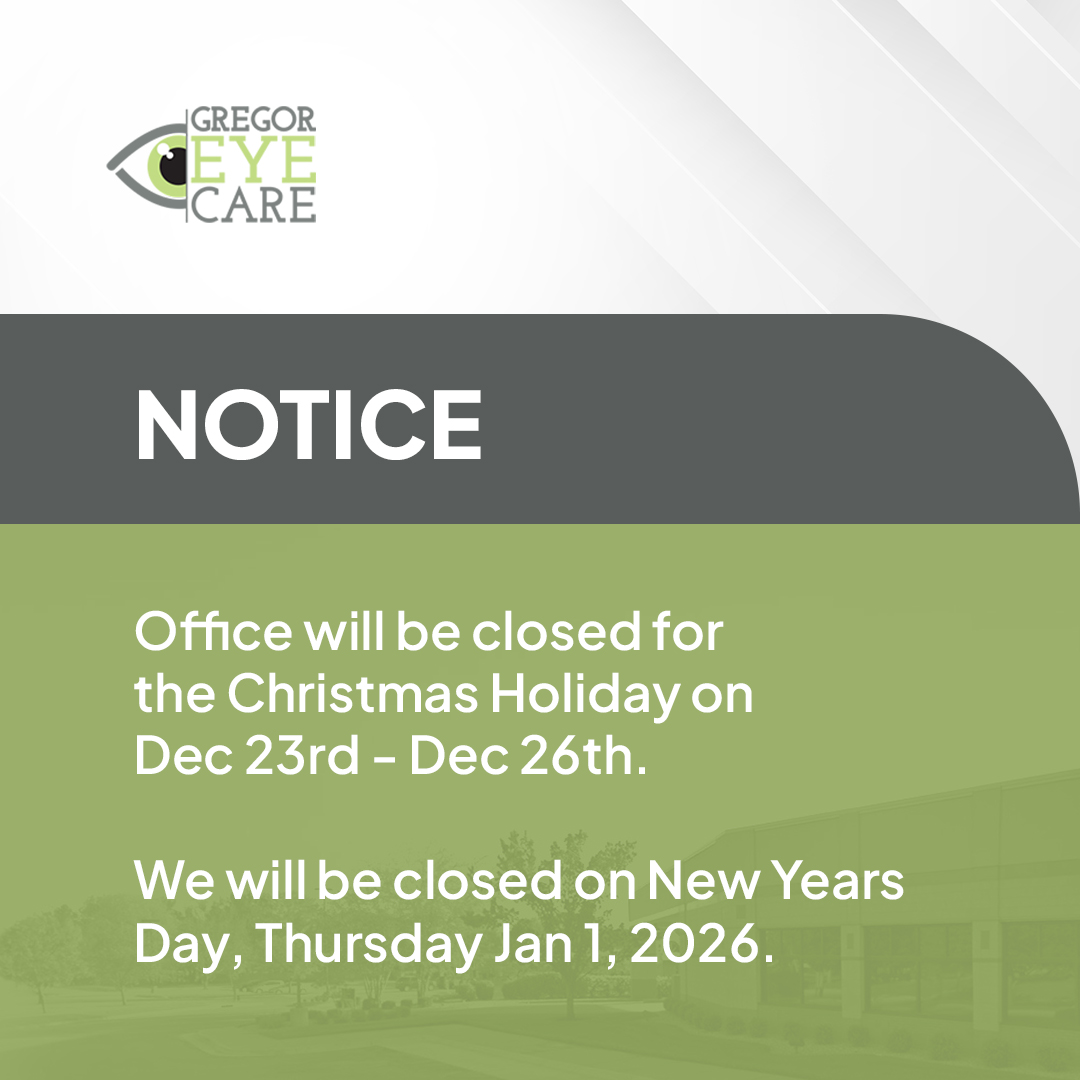
Myopia is an ocular condition that impedes the eye's ability to focus on distant objects, making them appear blurred while near objects can be seen with clarity. Myopia is more than an inconvenience; it is a significant challenge that can potentially curtail the quality of a child’s education if not properly addressed.
How Nearsightedness Impacts Learning
One of the most immediate effects of myopia is academic performance. A child with myopia may struggle to keep up with their peers due to difficulties in seeing the board or reading textbooks. This can result in lower grades, frustration, and a lack of confidence that can further hamper educational progress.
Nearsightedness can also affect a child's participation in class. A child who cannot clearly see what the teacher is writing on the board or the visual aids being used may be less likely to engage in class discussions or ask questions. This lack of participation can lead to feelings of exclusion and can impede learning.
Myopia can also impact a child's social interactions and extracurricular activities, which are crucial aspects of the educational experience. Children with untreated myopia may avoid activities that require good distance vision, such as sports, which can limit their opportunities for social interaction, physical development, and the acquisition of new skills.
The Advantages of Regular Pediatric Eye Exams
Given the potential impact of myopia on a child's education, the advantages of regular pediatric eye exams cannot be overstated. These exams can help detect myopia and other vision problems early, allowing for timely intervention and management. Early detection and treatment can help mitigate the impact of myopia on a child's academic performance and overall school experience.
Regular eye exams can also help monitor the progression of myopia. This is crucial as myopia can worsen during childhood and adolescence, potentially leading to high myopia.
These exams can also provide an opportunity for education about good eye health practices. Children and their parents can be educated about the importance of balanced visual activities, good lighting, proper posture, and regular breaks when doing near work activities.
How to Manage Myopia in an Educational Setting
Managing myopia in an educational setting involves a multi-pronged approach. First, it is essential to create an environment that is conducive to learning for children with myopia. This can be achieved by ensuring clear visibility of teaching materials, using larger fonts, and incorporating more verbal instructions and explanations.
In addition to creating a conducive learning environment, it is also important to promote good eye health practices. This can involve encouraging regular breaks from near work activities, promoting outdoor play, and educating children, parents, and teachers about the importance of eye health and the management of myopia.
Conclusion
The interplay between myopia and education is significant and complex. Myopia can have a profound impact on a child's learning and school experience, highlighting the importance of early detection, regular eye exams, and effective management. By acknowledging and addressing the challenges posed by myopia, we can help ensure that all children, regardless of their vision status, have equal opportunities to learn and succeed.
For more information on how myopia impacts learning, visit Gregor Eye Care in our Overland Park, Kansas office. Call or text (913) 685-0212 to schedule an appointment today.









